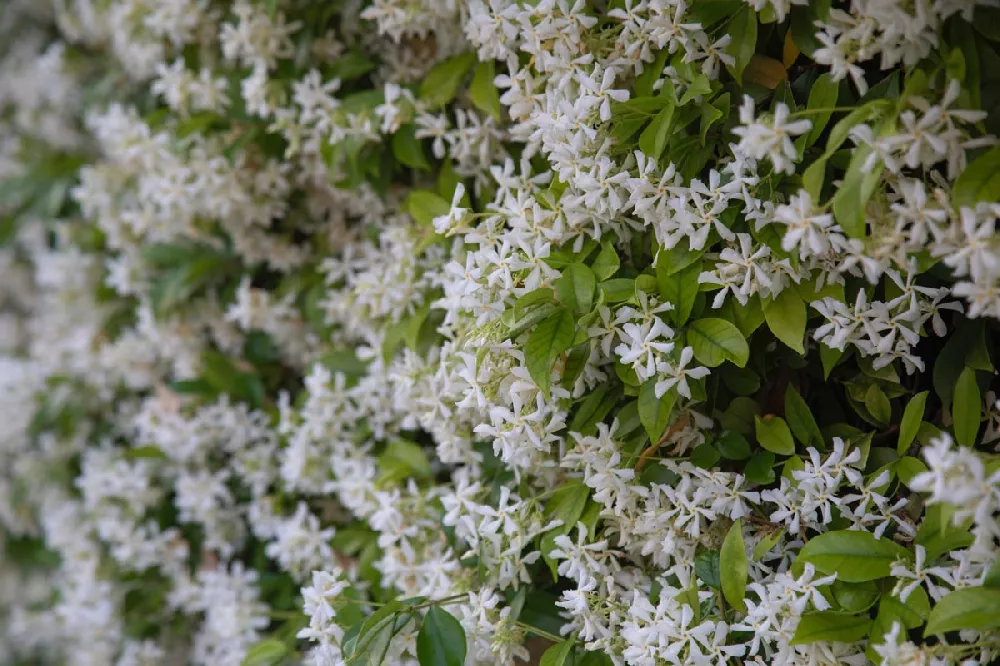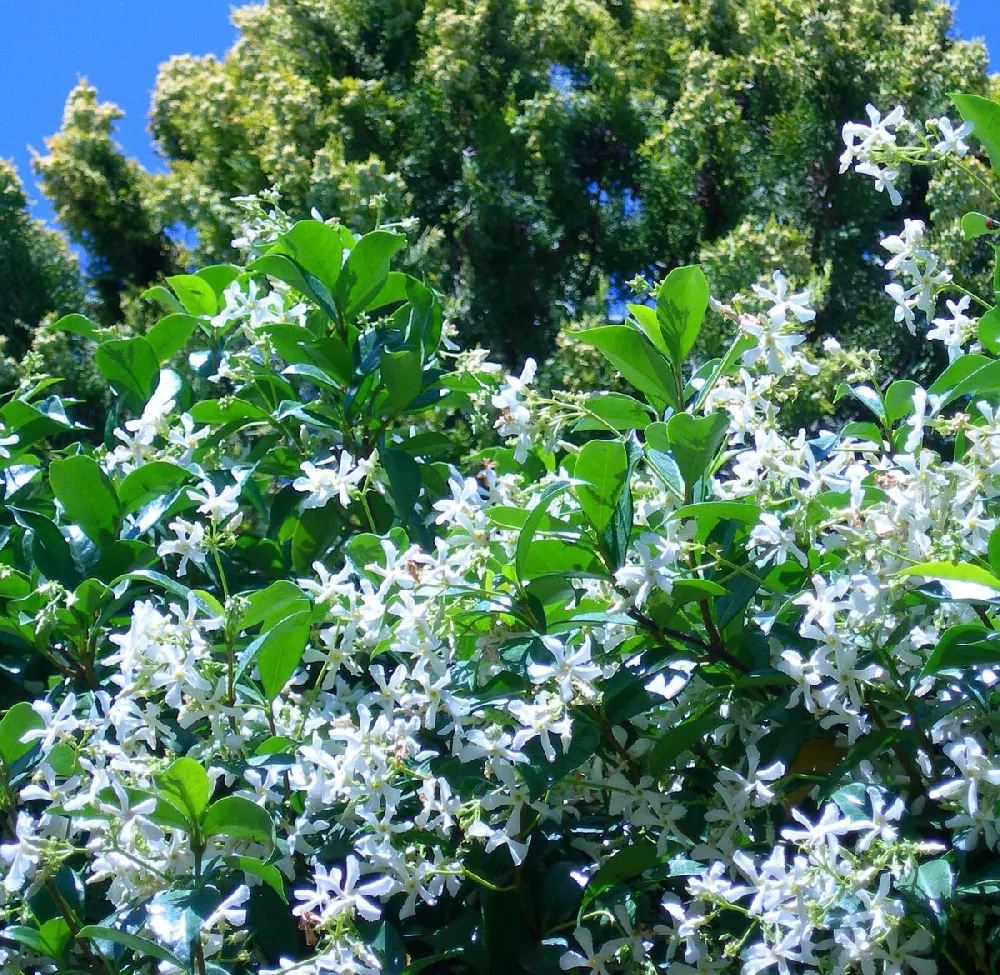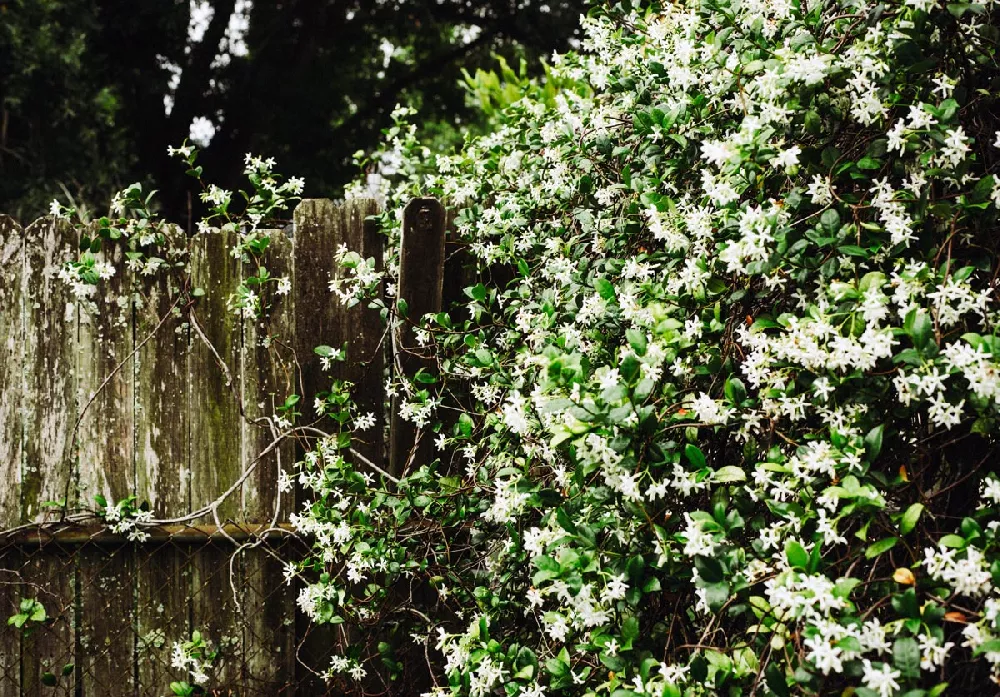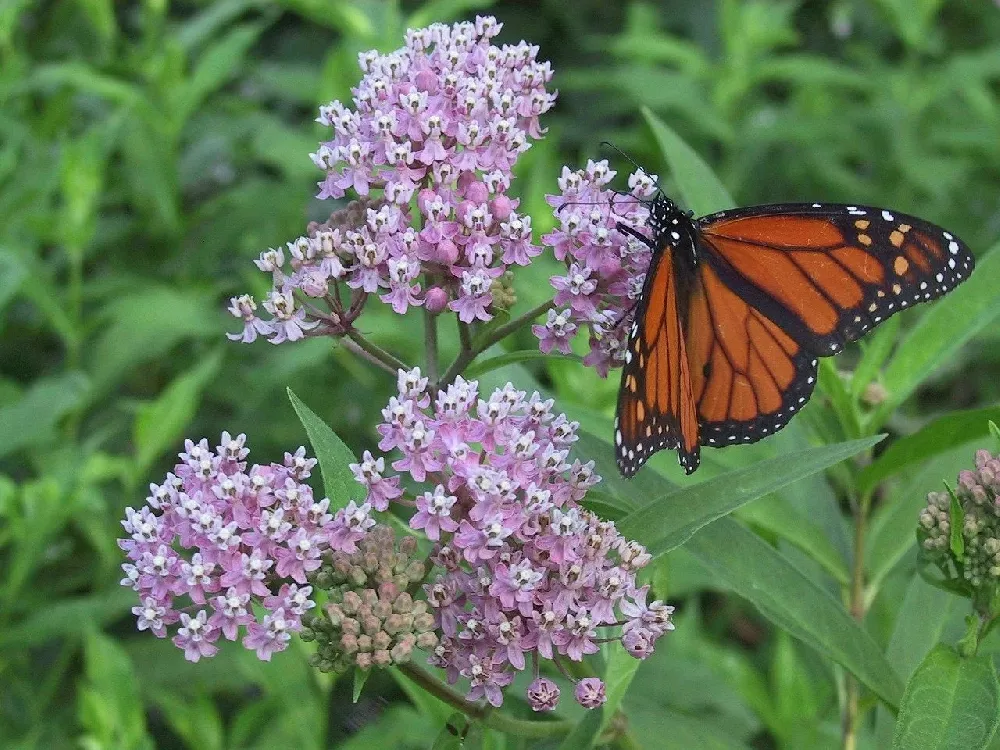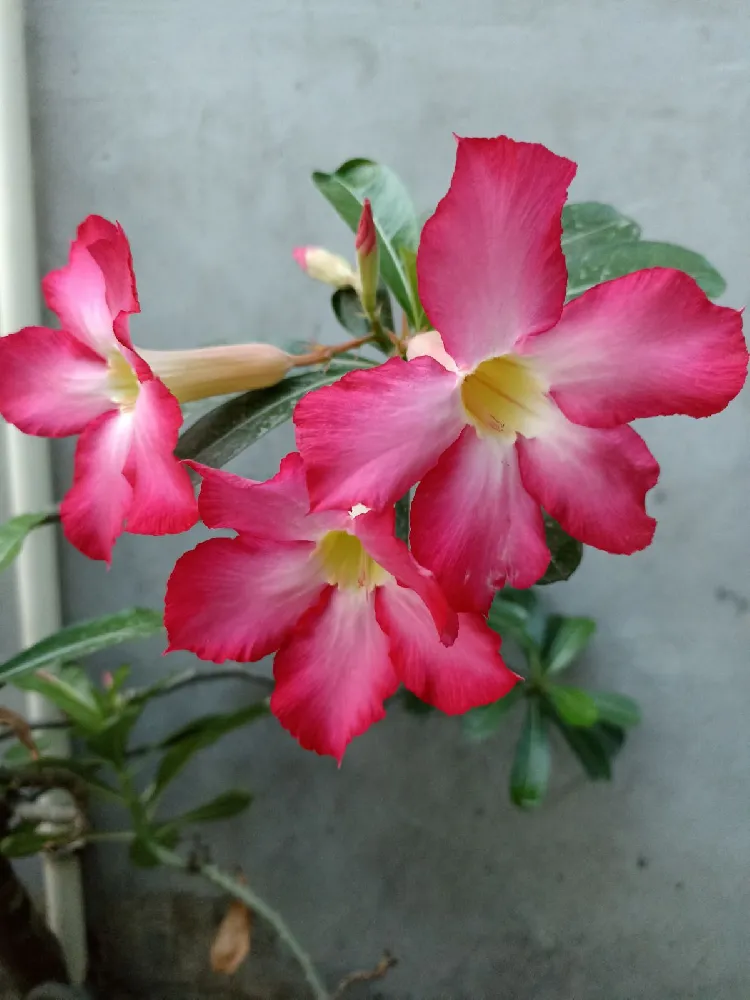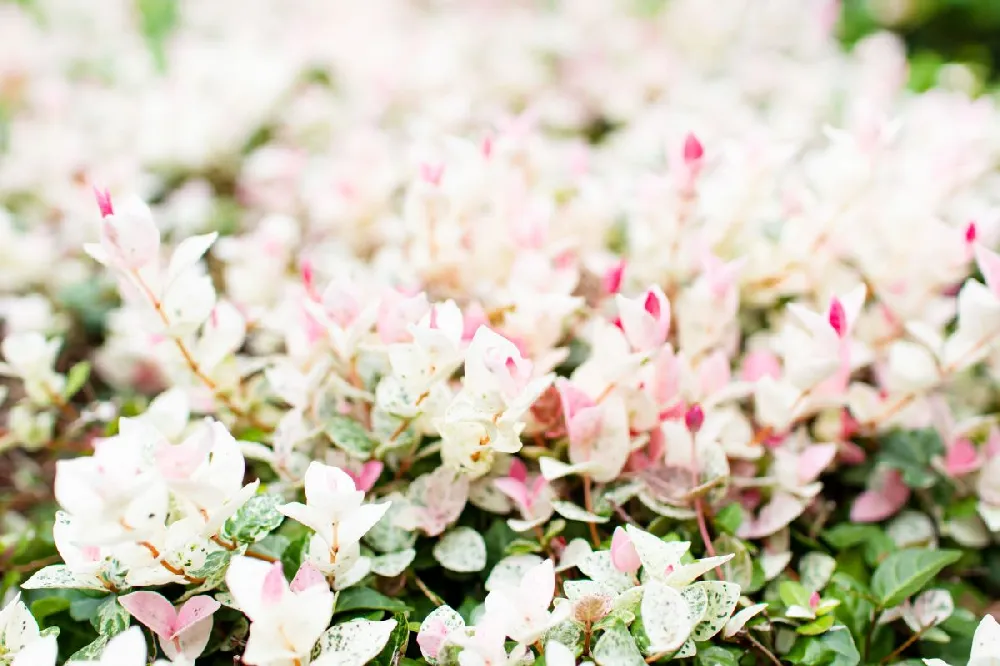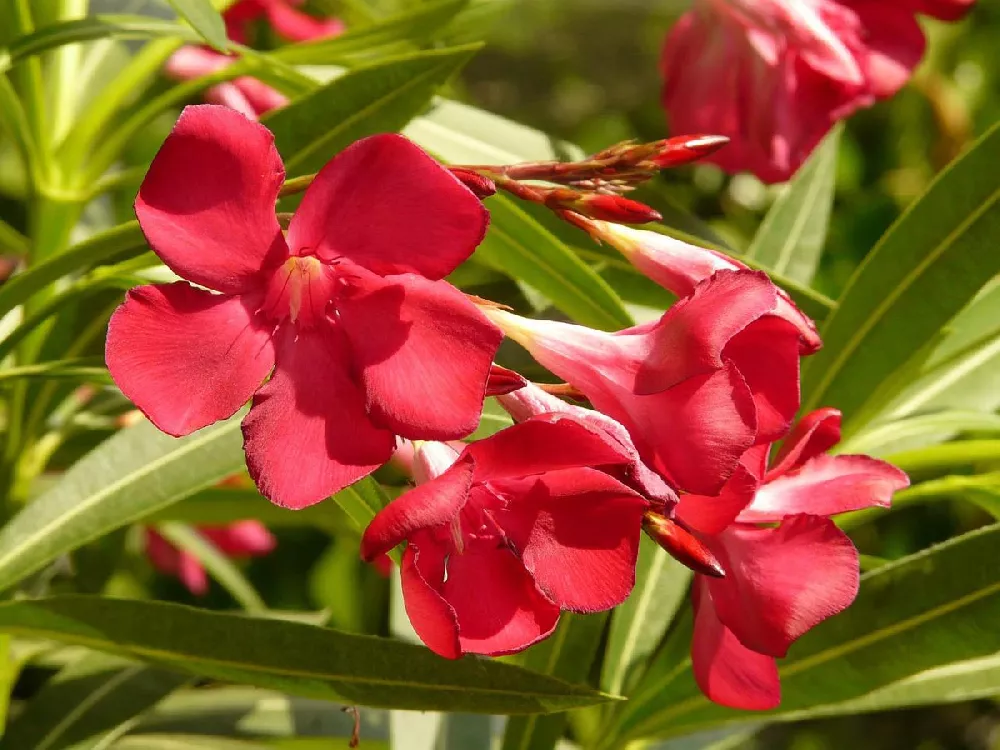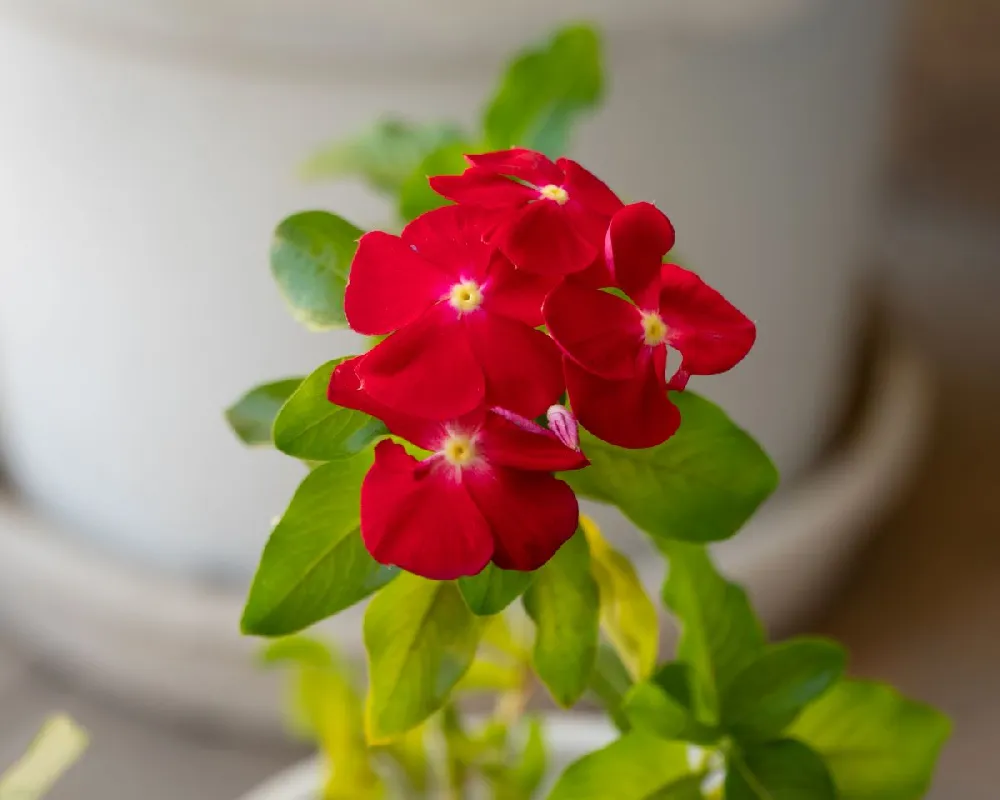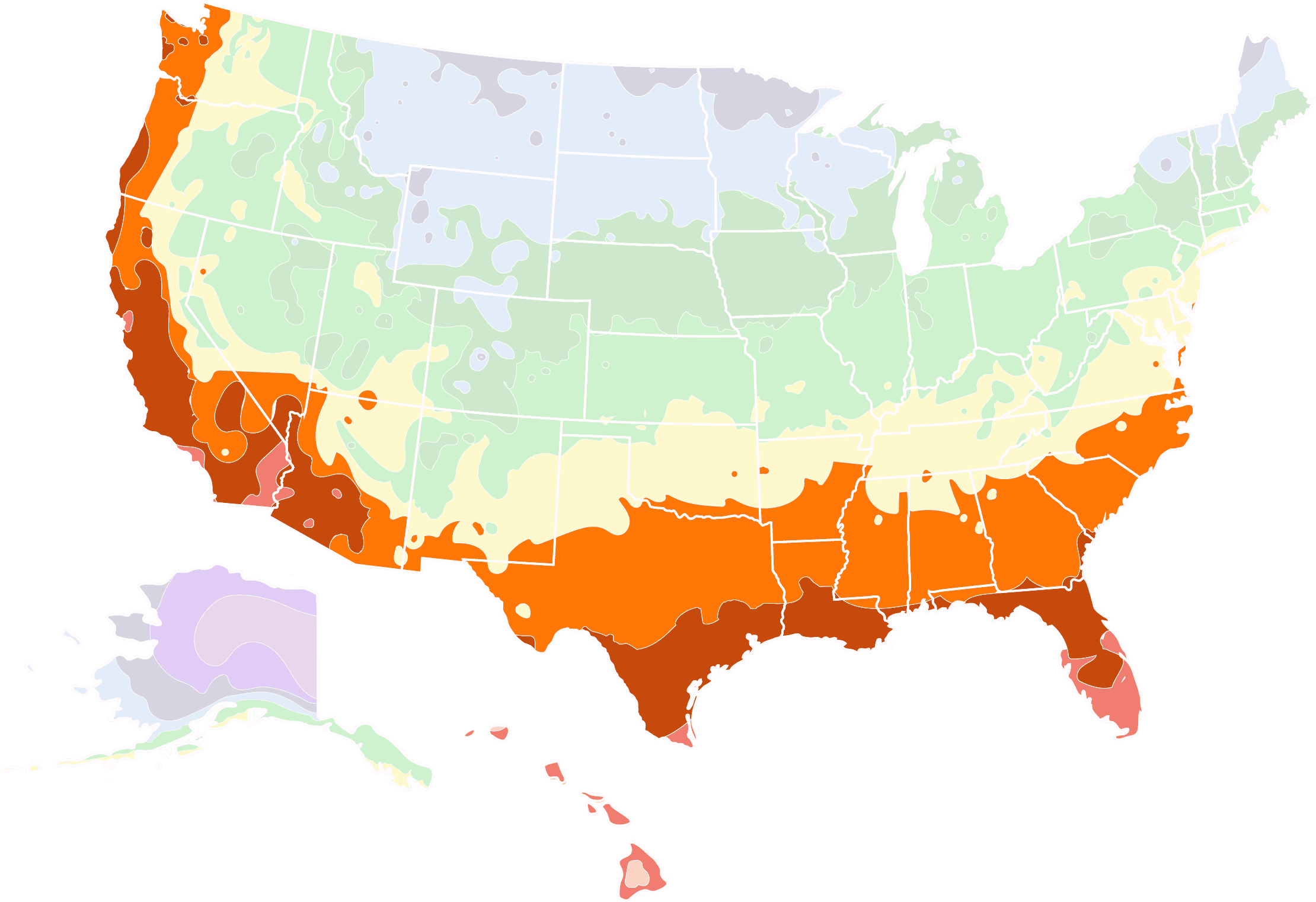- Home >
- Ornamental Plants >
- Star Jasmine
Star Jasmine for Sale - Buying & Growing Guide
- Ships in 1-2 days
- 1-Year Warranty Eligible
- Pots or accessories are not included unless specified in the product options.
Shipping Details:
Products shipped through FastGrowingTrees.com. Once your order is shipped, you’ll receive an email with a tracking number and estimated delivery date. Most orders will ship immediately.
Star Jasmine, Trachelospermum jasminoides, is best known for its spectacular flowering display of small white-to-cream-colored flowers that emit a powerful and lovely fragrance when they open in the evening. Even when not blooming, this robust plant is a valuable addition to the landscape. Its glossy evergreen leaves turn bronze-red in colder temperatures, giving the vines four-season interest in the garden. They are climbers, and are often used to disguise walls or provide a privacy fence when grown over a trellis or frame. These trees can also be grown as a shrub, and do well in containers, which means even northern gardeners can experience this versatile plant. Here are a few more reasons to add a Star Jasmine to your plantings:
- Flowers are beloved by pollinators such as bees.
- Deer give it a wide berth, and rarely bother it.
- Moderately salt-tolerant, and grows well near salt water.
Plant Care
Sunlight

Star Jasmine needs partial to full sun — at least 4 hours of direct light each day.
Watering
Star Jasmine needs partial to full sun — at least 4 hours of direct light each day.
Fertilizing

Use a balanced, slow-release fertilizer such as a 10-10-10 formula in the spring.
Planting and Care
Planting instructions
Before planting your Star Jasmine, soak the roots and let it acclimate to your environment for several days. Put it in a spot that gets at least partial sun — 4 hours each day, in soil that drains well and is preferably slightly acidic. Unpot the plant and tease out any encircling roots, which can girdle and slowly kill the vine. Dig a hole as deep as the root ball and twice as wide. Set the plant in the hole with roots spread out and, holding it upright and steady, fill in around it with topsoil. Tamp down firmly to eliminate air pockets. Water thoroughly. Apply a 2-3 inch layer of an organic mulch such as bark chips around the root zone to conserve moisture and hinder weeds.
Watering and nutrients
During your plant’s first year, water regularly whenever the top 3 inches of soil dry out. This may be roughly once a week if you don’t receive any rain. In very hot or dry weather, increase watering. After the vine is established, it needs less supplemental water and should be fine — just monitor it for water needs during droughts or heat waves. Fertilize with a balanced plant food like a 10-10-10 formula in early spring.
Pollination
Star Jasmine is monoecious, so a single plant has both male and female reproductive organs in its flowers. The main agents of pollination are insects such as moths, which are active at night when the plant’s flowers are open.
Pruning
Star Jasmine benefits from regular pruning to keep its size under control. Left alone, the vines can grow to 15-20 feet, but an annual pruning will keep them shorter. The best time for maintenance pruning is in early spring, or you may also prune them after they finish flowering. Do not reduce the size of the plant by more than one third at any one time. If you are growing your Star Jasmine as a ground cover, you can keep it controlled by using a string trimmer.
Pests and diseases
Pests that may prey on your Star Jasmine include aphids, several types of caterpillars, and leaf rollers. One way to fight them is to release predatory insects such as ladybugs, which feed on aphids. Common diseases of the Star Jasmine are rust and fusarium wilt, which cause limp and discolored leaves. Both of these diseases are fungal in nature. A copper fungicide may help, and be careful of overwatering, which can give fungal diseases a foot in the door.
Achieving maximum results
Jasmine is a versatile plant that can grow as a vine, a short bush, or even as a ground cover. It also adapts well to live in a pot, which is good news for gardeners who live north of its usual range. Choose a container for your Star Jasmine that is about twice the size of the root ball, and use a good-quality potting mix as a growing medium. As is true of all container-grown plants, pay some extra attention to your jasmine’s water needs, since container plants tend to dry out more quickly than those grown in the ground. If you keep your Star Jasmine outside during the summer months, be sure to bring it indoors if your temperatures are getting down near 20 degrees Fahrenheit.
FAQs
Is Star Jasmine an evergreen?
Yes, when grown outside in its natural range, it does not drop its leaves in fall. In cold weather, the leaves may turn from their usual glossy dark green to a more bronze-red color, but they shouldn't drop.
Is Star Jasmine the same as regular jasmine?
No, they are in two different plant families. Star Jasmine's scientific name is Trachelospermum jasminoides, while jasmine, or Jasminum, is actually a member of the olive family. But both types of plant are known for their fragrant, white flowers, and grow best in tropical regions. Star Jasmine is also often called Confederate Jasmine.
What kind of soil does Star Jasmine grow best in?
Star Jasmine is delightfully easy to handle when it comes to soil type. Although it grows best in slightly acidic soil, the plant also does fine in alkaline and neutral soil types. This tree isn't particular about the soil makeup either: it grows well in sandy soil, as well as clay, loam, or chalk.
Compare Similar Products
You can't add more Product Name - Product size to the cart.
OK